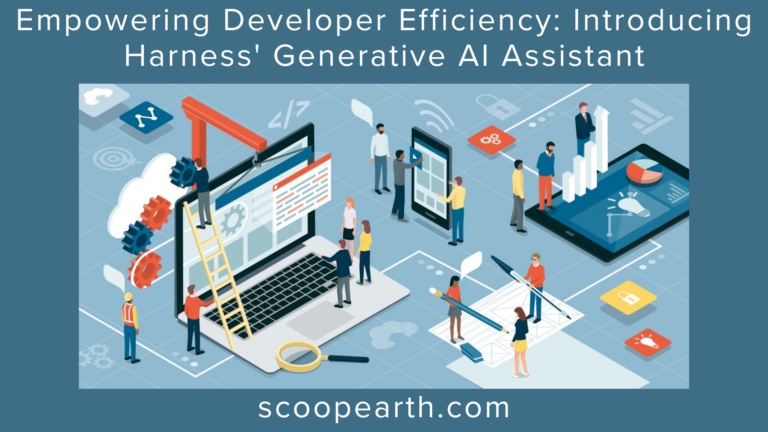Thursday, 22 June 2023, Bengaluru, India
There aren’t enough developers to handle the quantity of work available, so anything that reduces their workload would be appreciated. Since its inception five years ago, Harness has concentrated on building a developer toolkit to assist developers in working more effectively throughout the software development lifecycle.
Today the business announced the release of the AI Development Assistant, or AIDA for short, Harness’s generative AI assistant. This has at least partially entailed utilizing machine learning models to identify areas that may be improved.
Jyoti Bansal, the CEO and creator of the business, claims that AIDA is a natural progression of a lot of the work the startup has been doing for years. When considering generative artificial intelligence, Bansal told TechCrunch, “We look at how Harness has such a proven history of bringing AI to DevOps, CI/CD and deployment, verification, and all the different things we have been doing.”
However, Bansal sees a much broader range of use cases than that, potentially increasing developer productivity by as much as 30%–50%. He observes that many businesses consider creating code the core generative AI advantage.
He claims that generative AI is intended to be included in every aspect of the Harness platform. Even though it is still in development, the AI assistant initially consists of three essential components. They are initially providing automatic resolution of deployment and build errors.
According to Bansal, as developers make changes, they may impact the several systems that a typical software interacts with, such as an AWS account, the Hashicorp secrets manager, a Kubernetes cluster, etc. According to him, Any of these numerous interactions could be broken by changes, prompting the developer to figure out what went wrong. You might request the failure’s cause and solution as an alternative. Keeping humans in charge of the process, the developer decides whether to apply the fix.
After the developer authorizes the change, the second component identifies and automatically fixes security flaws. The last piece examines using natural language to help manage cloud expenses and identify savings.
Because the new tool is intended to speed up work rather than replace developers, the business purposefully called it an AI assistant. Bansal claims that the fixes will only sometimes be accurate every time, so humans continue to be in charge.
We’re helping with the development process. We’re not assuming control of the creation process. It involves programmers. According to Bansal, they still need to do the same tasks as before, but they might be more productive, increasing their effectiveness by 30%, 40%, or even 50%.
[Source of Information: Techcrunch.com]










